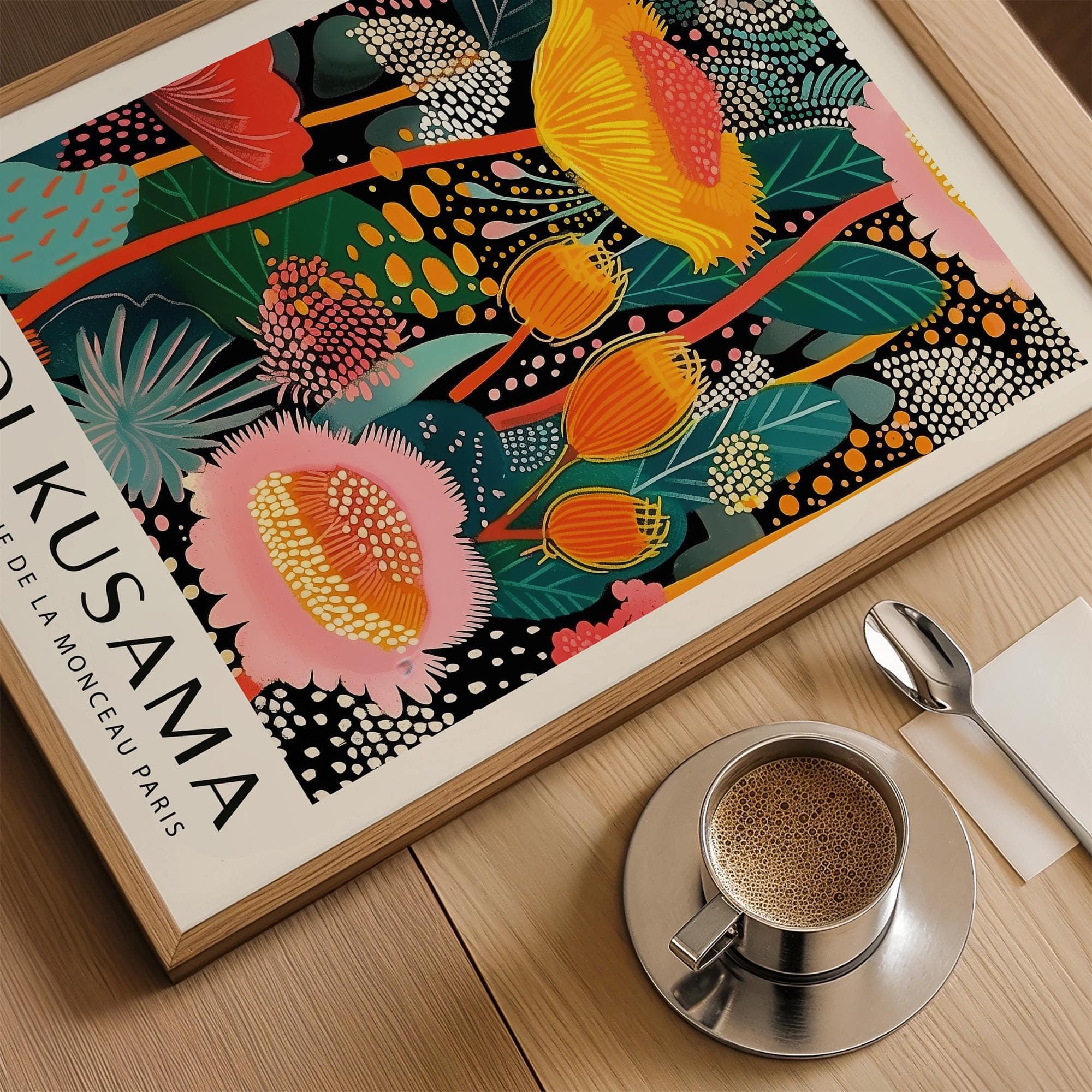Japanese Wall Art
Japanese wall art blends simplicity with presence. Rooted in tradition and intentionality, these pieces often rely on negative space, brushwork, and balance rather than detail-heavy imagery. They offer a kind of quiet clarity—a way to shape space without overwhelming it. Whether it’s a sumi-e ink wash, a woodblock print, or a minimal modern reinterpretation, Japanese wall art suits interiors that value focus, calm, and flow. It’s about letting the eye rest while still guiding it with form and tone.
Elements That Define Japanese Wall Art
Traditional Japanese wall art often features nature—mountains, waves, cranes, or branches—rendered in simplified, gestural forms. Calligraphy is another key element, combining meaning with visual texture. In modern interiors, these artworks are used for their restraint. They allow a wall to feel dressed, but never crowded. Prints typically use black ink on soft white or cream backgrounds, or muted color palettes that feel earthy and lived-in. Even contemporary designs echo this spirit: balance, not excess.
Pairing Japanese Prints with Home Decor
Japanese wall art works beautifully with wood tones, stone, and natural textures. It pairs easily with linen drapes, low furniture, and neutral palettes. The goal is harmony—these pieces integrate into the room without competing. Try placing a vertical piece in a narrow space or a wide landscape over a bench or console. Framing should be subtle, often in light woods or simple black. Let the art breathe, with generous margins and space around it.
Why Less Can Say More
Japanese wall art reflects an idea common in many design disciplines: simplicity is not emptiness, but focus. These artworks aren’t filled with narrative or complexity—they create room for interpretation. In a living room, bedroom, or hallway, they support calm without becoming invisible. They guide the rhythm of a space, acting like a quiet pause in visual flow. These prints feel timeless because they leave room—for thought, for mood, for light to shift across them.
Design Inspiration with Precision
If you’re interested in structured layouts and balanced form, consider mixing in works from our Bauhaus art prints. While not Japanese, they share the same principles of simplicity, line, and space—perfect complements for rooms that value clarity.









































